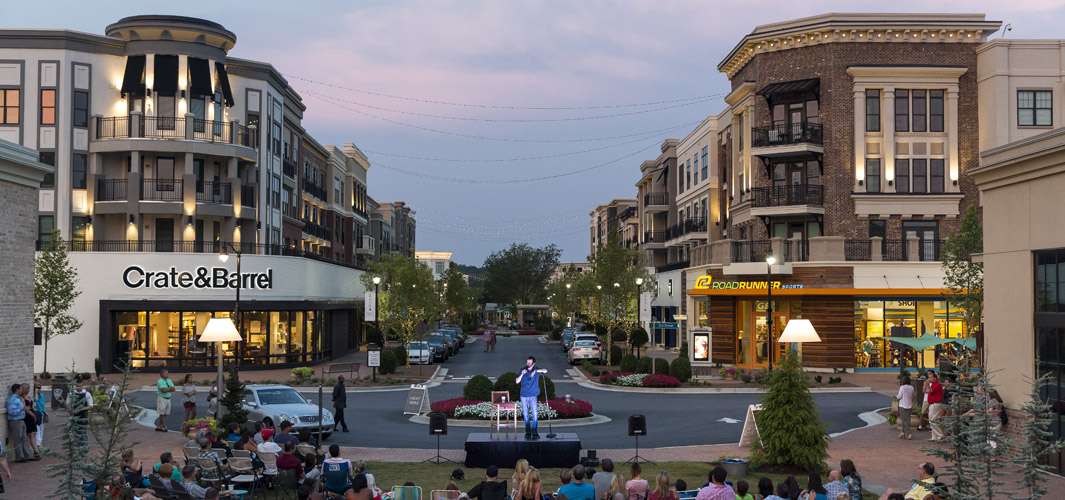Atlanta Restaurant Bubble: Yes or No?
Word on the street suggests an Atlanta restaurant bubble exists even as the metro area experiences solid population growth, people cook less and many spend disposable income to dine out. Within these macro trends is continued retail development anchored by new restaurant concepts which impacts the sales of existing stores even while overall sales grow. Also affecting the industry are delivery services such as UBER Eats, online sales of prepared meals, and growing competition by supermarkets offering prepared meals. What’s the Worry? A recent Bisnow article suggests the Atlanta restaurant bubble is indeed happening. According to a NetFinancial report, “[R]estauranteurs are still seeing sales volume growth overall, with a 4% increase in the first quarter compared to 2017, [but]…more than half of the restaurants surveyed (103 non-franchised restaurants) experienced negative sales in the first quarter.” In a recent BisNow panel, RO Hospitality founder Ryan Pernice said even good restaurants with






